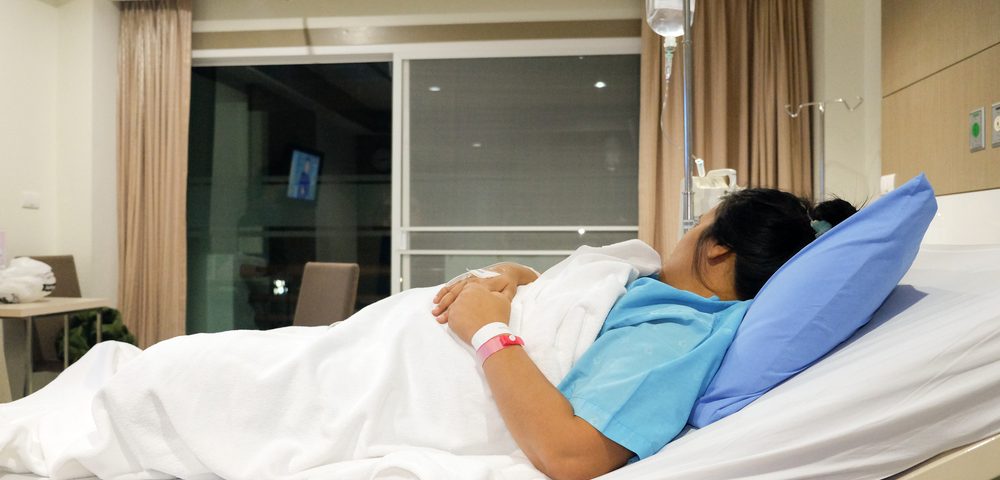Is There a Doctor in the Office?

Sarcoidosis and the revolving door of doctors
Getting treatment for sarcoidosis can be challenging due to the diminishing ranks and hours of physicians. It’s not likely to get any easier in the future because the demand for physicians is expected to continue to outpace supply.
Going in to see my neurologist usually requires a six-month or longer wait. Every time I leave his office, I hope he doesn’t retire before I return. He’s just one of the many specialists I have to see routinely. Losing experienced physicians within my circle of care, which has happened five times already, means starting all over again at square one.
Disappearing doctors
Keeping up with the demand for physicians is expected to be a losing battle in the United States. The country is projected to face a shortfall of between 46,900 and 121,900 physicians by 2032, says a study released last month by the Association of American Medical Colleges. The physicians who remain in the heathcare ranks are cutting hours and the number of people they see, according to the Physician Foundation’s “2018 Survey of America’s Physicians: Practice Patterns and Perspectives.”
Eighty percent of physicians surveyed reported being at full capacity or overextended. I can relate to that after being turned away by a local neurologist who isn’t taking new patients. My neurologist in Cleveland, after having to cancel my appointment, is trying to squeeze me back in within a month or two to examine my left leg, which has been numb from the knee down for months.
I’m grateful for that because effectively managing my sarcoidosis requires a team of doctors, each fitting pieces of the puzzle together to arrive at the best outcomes. Going to someone new means having to bring that doctor up to speed on the very complicated history and ever-changing course of my health.
Change of guard
Many of the gatekeepers of my health, both inside and outside of my sarcoidosis care team, are over 65 years old, which is the average age of retirement for primary care physicians. Two of my physicians are in their 80s and two are in their 70s. When the time comes, it won’t be easy to replace their wealth of experienced knowledge and the relationships we’ve formed over the years.
With 46 percent of physicians reporting that they plan to change career paths and 49 percent saying they would not recommend medicine as a career to their children, according to the Physicians Foundation survey, it’s a problem we may all soon struggle with.
Time crunch
Physicians reported working an average of 51.4 hours per week, which was the lowest number of hours since the Physicians Foundation Survey was first completed in 2012. And 23 percent of that time — 11.37 hours per week — is spent on nonclinical paperwork. The amount of time a doctor spends personally with each patient varies widely, according to information on Statista.
- 5 percent of physicians spent less than 9 minutes
- 22 percent of physicians spent 9-12 minutes
- 29 percent of physicians spent 13-16 minutes
- 33 percent of physicians spent 17-24 minutes
- 11 percent of physicians spent 25 or more minutes
What can we do?
In the worsening landscape of fewer physicians, fewer hours, and limited face-to-face time, preparation is key to getting the most out of our visits. Before I go, I write down a list of health issues I’m having and questions I want to ask, to ensure I cover everything I want to.
I bring along a list of current medications and the results of any new bloodwork, X-rays, or tests. I’ve also found that it’s helpful to keep a log of health problems as they arise, because you may be able to identify a pattern in your behavior or diet that is triggering symptoms.
Above all, try to find a physician who is compassionate. Not only will it make you feel better, but you’ll heal faster, according to “Compassionomics: The Revolutionary Scientific Evidence That Caring Makes a Difference,” by Stephen Trzeciak and Anthony Mazzarelli, which The Washington Post reported on last month.
***
Note: Sarcoidosis News is strictly a news and information website about the disease. It does not provide medical advice, diagnosis, or treatment. This content is not intended to be a substitute for professional medical advice, diagnosis, or treatment. Always seek the advice of your physician or other qualified health provider with any questions you may have regarding a medical condition. Never disregard professional medical advice or delay in seeking it because of something you have read on this website. The opinions expressed in this column are not those of Sarcoidosis News or its parent company, Bionews Services, and are intended to spark discussion about issues pertaining to sarcoidosis.







Leave a comment
Fill in the required fields to post. Your email address will not be published.